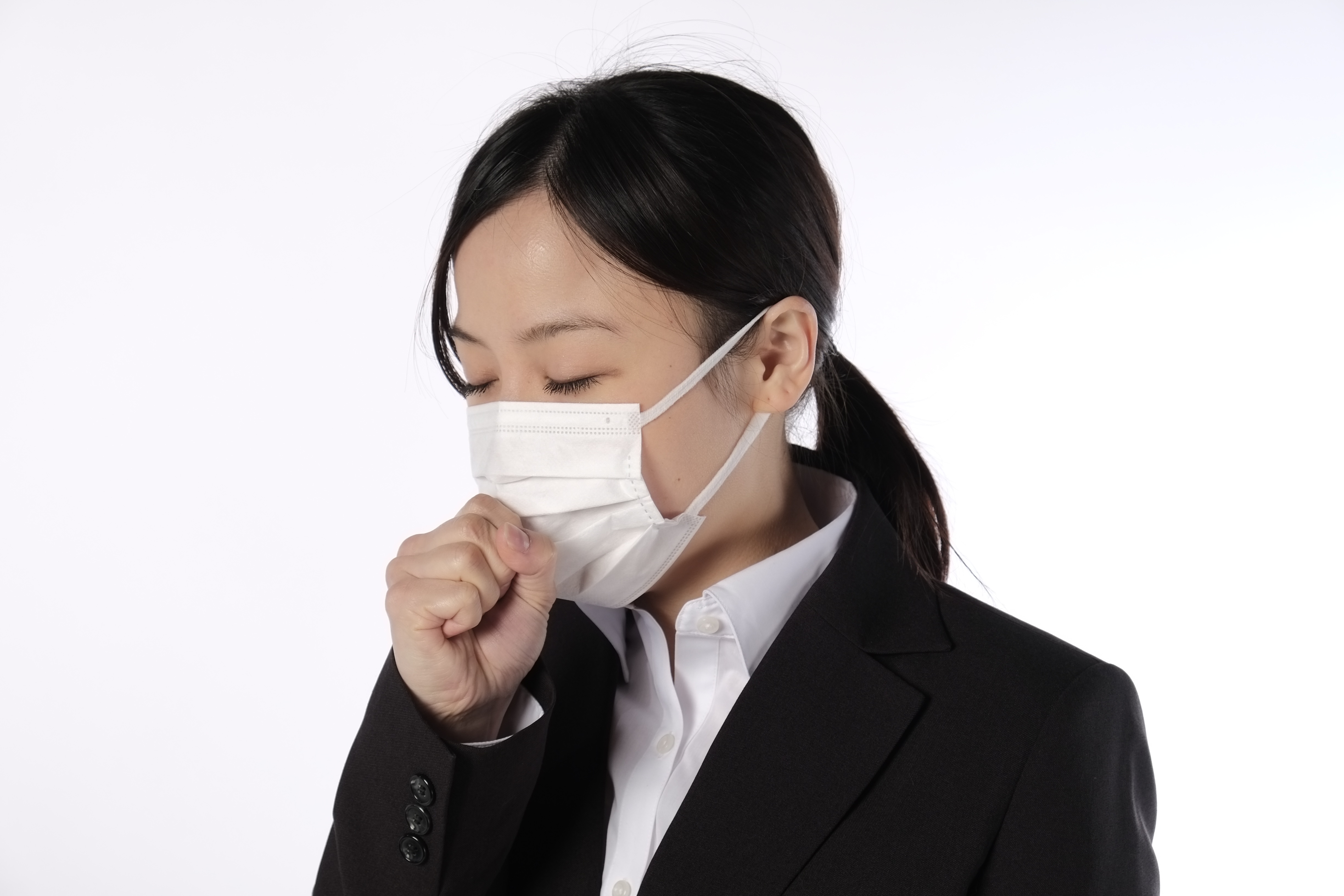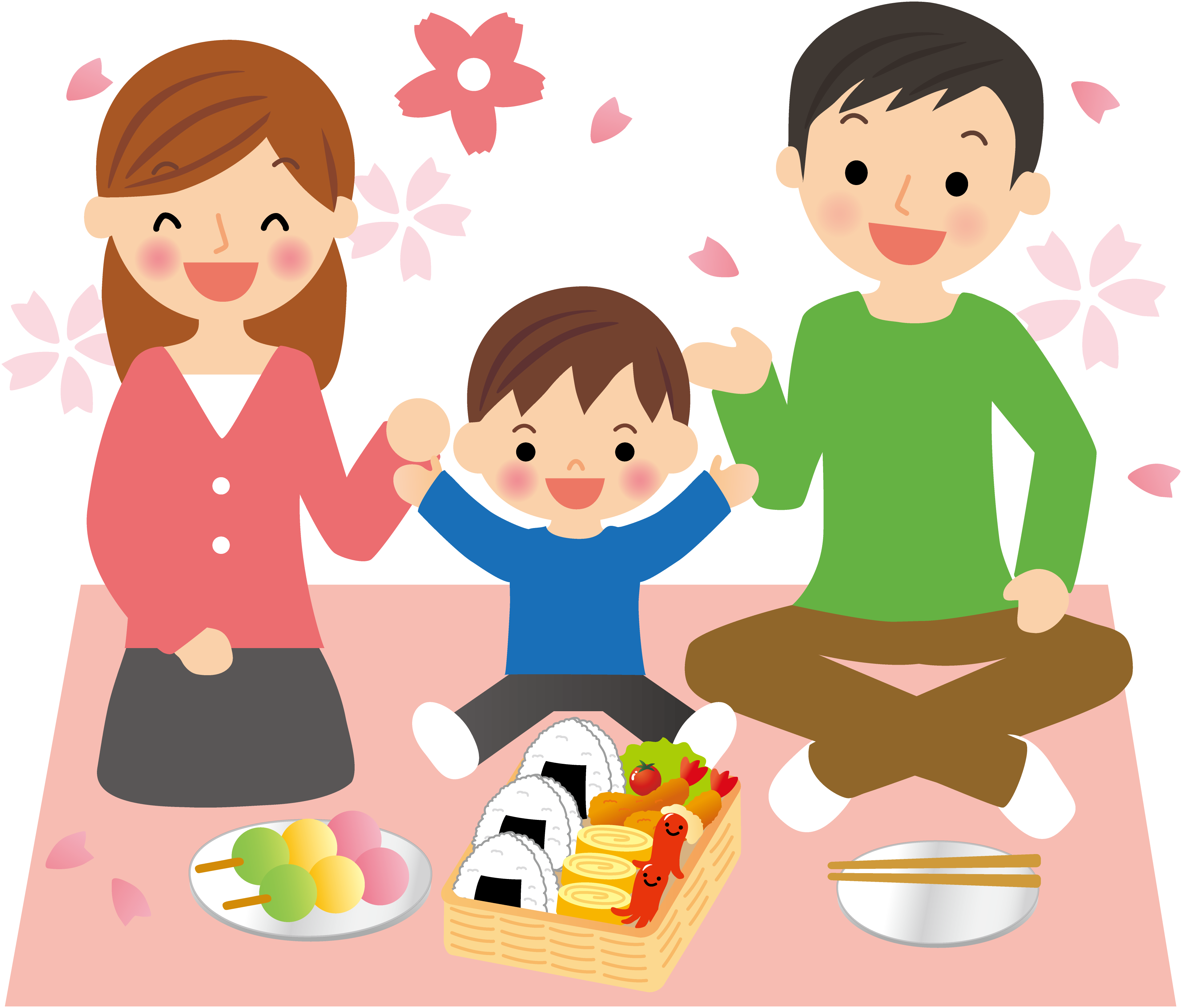Hi, this is Yuyujin.
Today’s topics is “When” in Japanese.
Let’s get started.
The basic patter of “When” in Japanese is as follows.
A Toki B
(Aとき、B)
“B at A.” or “When A , B.”
“Toki(とき)” means timing.
A is phrase or sentence.
Here A is an explanation of timing.
We can use sentence and “Noun + No(の) ” expression.
I introduced the expression to qualify noun with “No(の)” on this page.
B is a main sentence.
A Toki B (Aとき、B)
Sentence
Asa Ga Samui Toki Kooto Wo Kimasu
(あさがさむいとき、コートをきます。)
When it is cold in the morning, I put on a coat.
Kaeri Ga Hayai Toki Gemu Wo Shimasu
(かえりがはやいとき、ゲームをします。)
When I go home early, I play video games.
Onaka Ga Suita Toki Okasi Wo Tabemasu
(おなかがすいたとき、おかしをたべます。)
(おなかがすいたとき、おかしをたべます。)
When I am hungry, I eat snack.
“Noun + No(の)” expression
Watashi Ga Kaze No Toki, Atsui Soup Wo Nomu
(わたしがかぜのとき、あついスープをのむ。)
When I have a cold, I drink hot soup.
Ame No Toki, Kasa Wo Sasu
(あめのとき、かさをさす)
When it is rain, I put up an umbrella.
“Kasa(かさ)” means an umbrella.
“Sasu(さす)” or “Hiraku(ひらく)” is used at putting up an umbrella.
Kuuhuku No Toki, Okashi Wo Tabemasu
(くうふくのとき、おかしをたべます。)
When I am hungry, I eat snack.
“Kuuhuku(くうふく)” means hungry.
OK, that’s it.
Thank you so much.
Have a good trip!




コメント